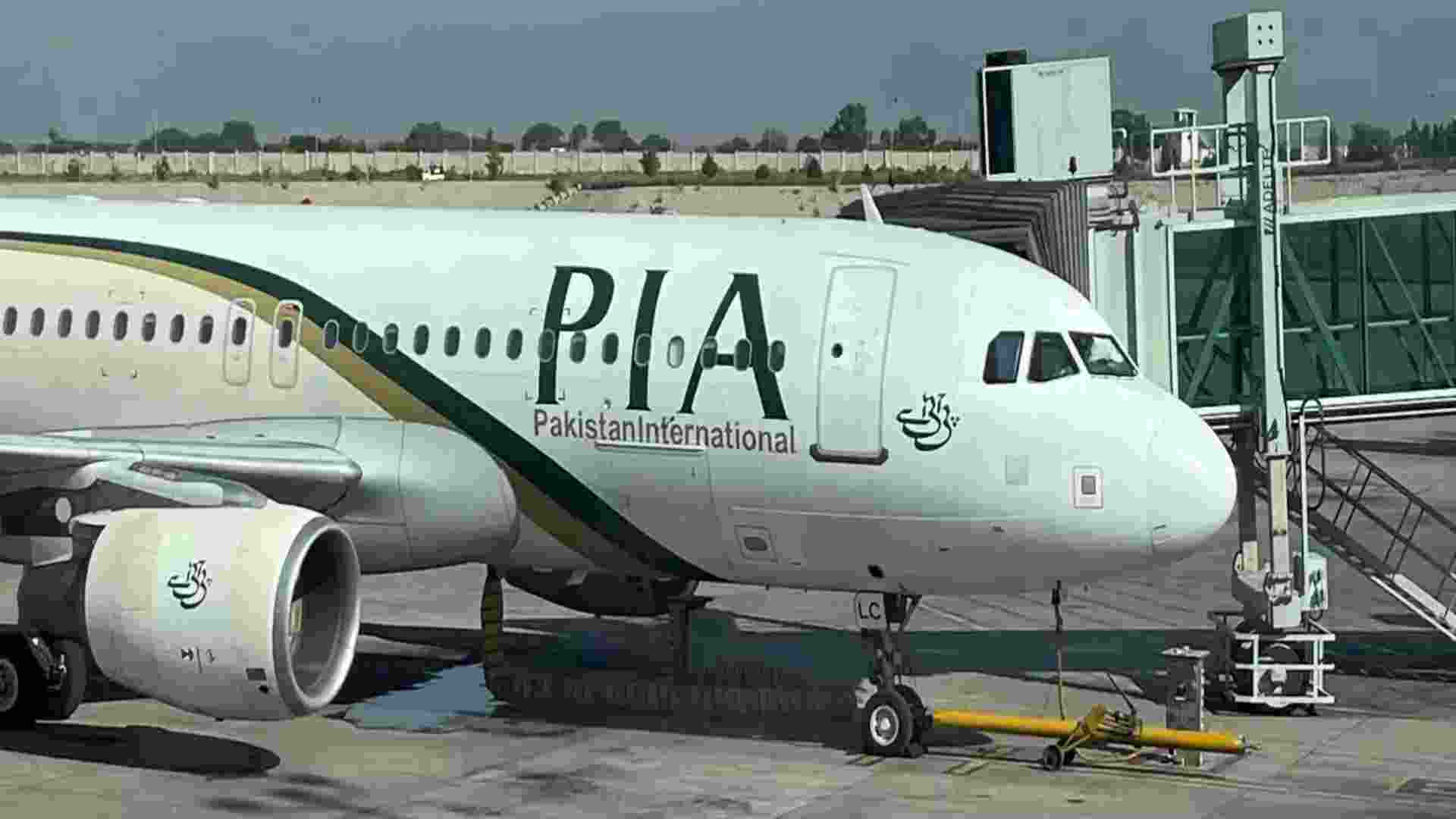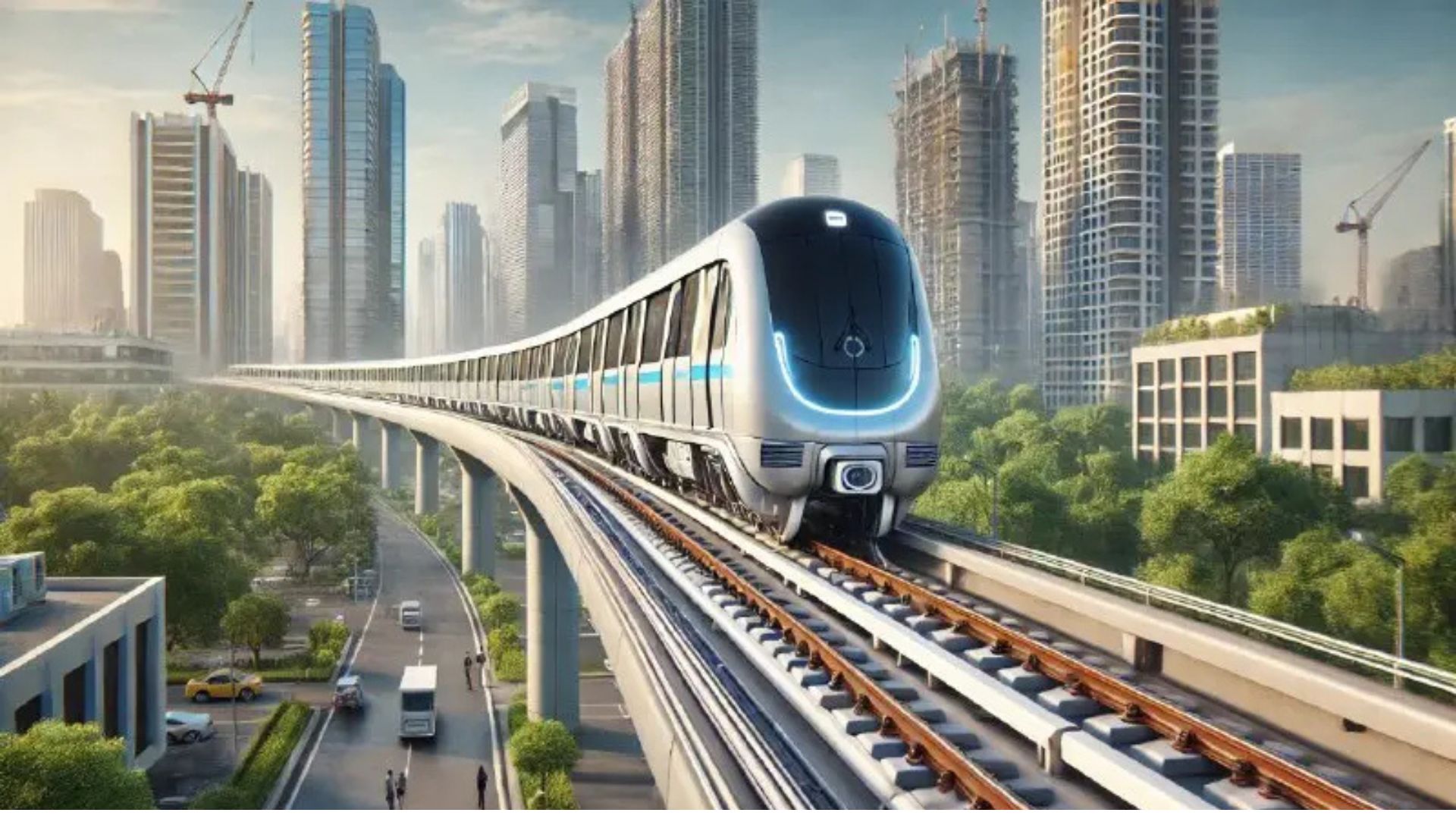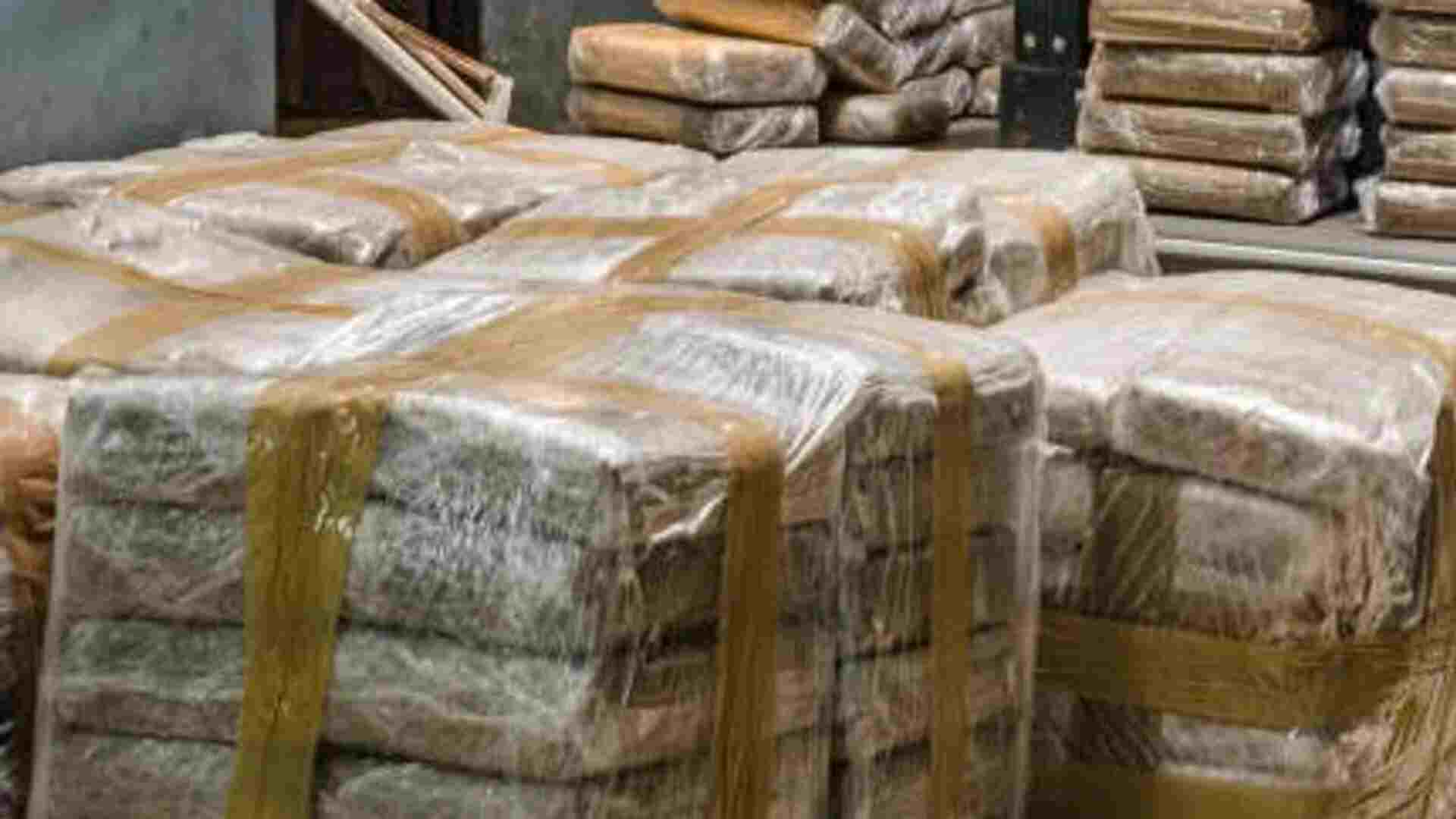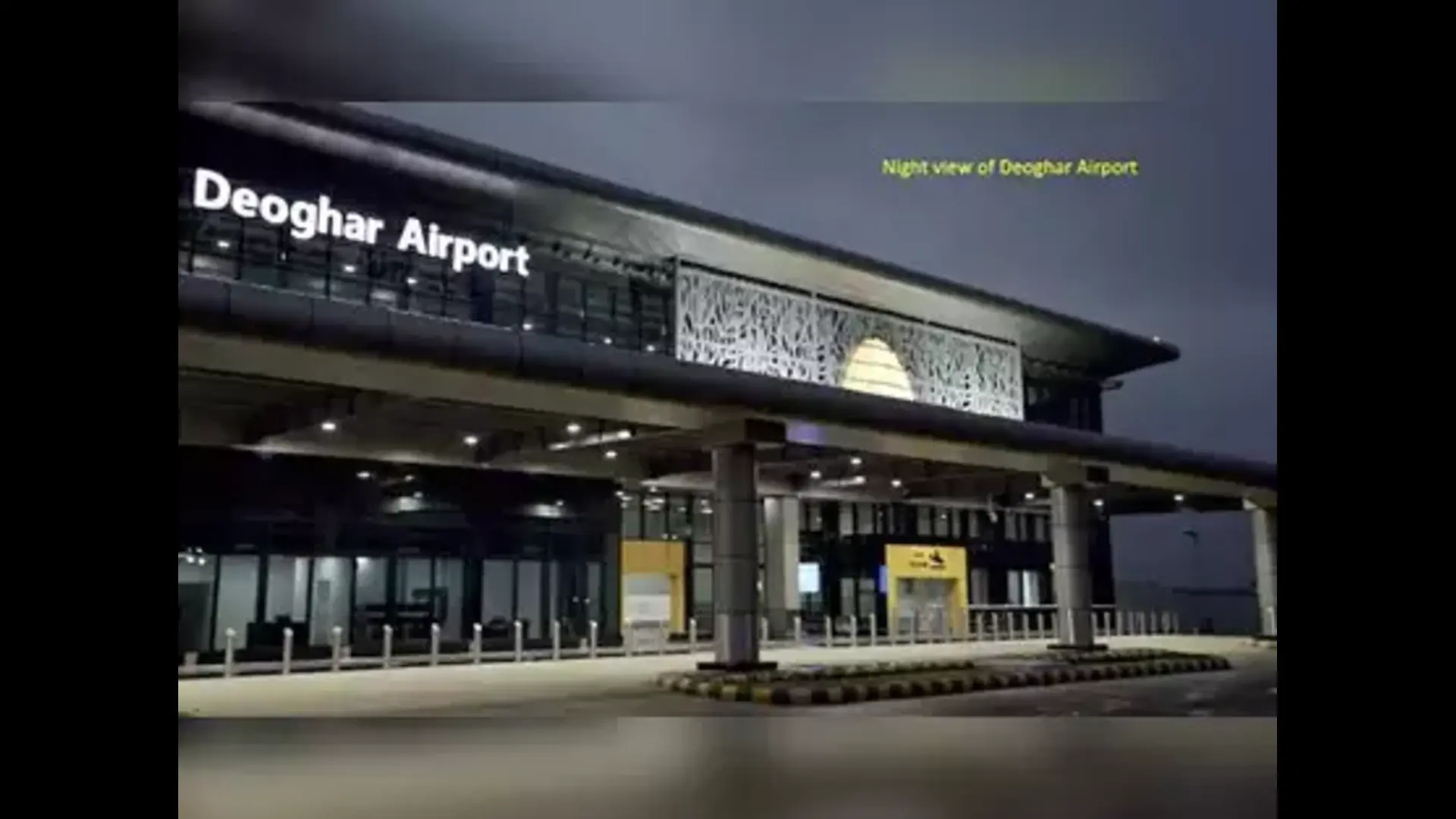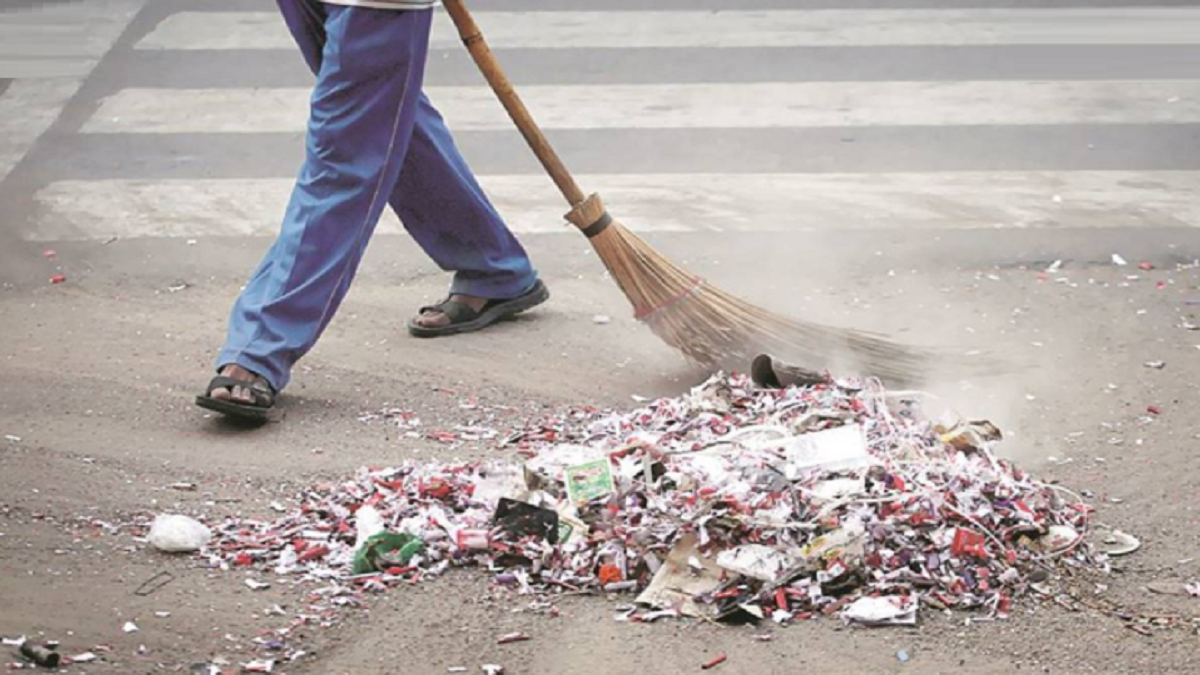
The most reasonable way to find out the impact of any public policy is to undertake a regular evaluation of public programmes. The “Swachh Sarvekshan” (evaluation of Clean India Mission) which started in 2016 has proved to be a lifeline of the Modi government’s best programme, ‘Swachh Bharat Mission’, and brings much learning to public administrators.
George H. Fredrickson, the Edwin O. Stene Distinguished Professor of Public Administration at the University of Kansas, who recently passed away on 24 July, has left behind an enriching literature on the role evaluation plays in public programmes. He triggered a debate on contemporary governance processes in his 2007 essay, Whatever Happened to Public Administration? Governance, Governance Everywhere, in which he featured the inter-jurisdictional relations and third-party policy implementation in public administration on one hand and the study of the influence or power of non-state and non-jurisdictional public collectives on the other. The evaluation process is expected to bring to the surface the role of these actors and achieve holistic and sustainable reforms rather than confine to a sterile structural-technological mission.
‘Swachh Sarvekshan’ of the ‘Swachh Bharat Mission’, a pet programme of our Prime Minister, launched on Mahatma Gandhi’s birthday, 2 October 2014, was a formidable and persevering undertaking of grassroots administration. It surprised many administrative reformers as few governments willingly take up evaluation of their programmes. It appears that either the government is too naïve or is quite inexperienced about the political group phenomenon or power play of clects (kinshipstatus groups) at the grassroots when a commodity as vital as ‘garbage’ and ‘toilet habits’ are brought into public discourse. The mission was set to displace many interest groups and lobbies of developers and builders in most towns and cities when the maintenance fee gets reduced from many thousands to mere Rs 60 to Rs 120 per month, besides providing employment to local people primarily who were never taken into jobs by developers or city builders for many reasons. It was obvious that by turning ‘cleanliness’ into a mission of government policy, the local administration was left open to criticism, conflicts and juridical battles with RWAs, local clects, and outsourced agencies which were allocated cleanliness contracts by municipalities. Yet the roadmap to the mission promised to unfurl ‘Clean India’ by 2019, on the 150th birth anniversary of the Mahatma. ‘Swachh Sarvekshan’ started in 2016 with just 73 cities with 1 million-plus population. A benchmark of 6 key areas for evaluation was fixed for Urban Local Bodies, as follows:
1. Open Defecation Free Town and Integrated Solid Waste Management
2. Information, Education and Behaviour Change Communication
3. Door to Door Collection, Sweeping, Transportation
4. Solid Waste Disposal
5. Community Toilets
6. Individual Home Toilets
The number of cities for evaluation increased gradually from 73 in 2016 to 434 in 2017 and then proceeded towards an ambitious jump to 4,203 cities in 2018, 4,337 in 2019 and 4,242 in 2020. This evaluation covered municipal corporations, nagar panchayats and cantonment boards besides the classified 92 Ganga Towns.
In the 2005 Second Administrative Reforms Commission (called Moily Commission), Dr Manmohan Singh had persuaded DARPG Minister Prithvi Raj Chavan to undertake an evaluation of best practices in e-governance initiatives for all levels of government. The push for evaluation of ‘best practices’ started with the works of Stanford Borins and Steven Kelman at the Harvard Ash Centre for Democratic Governance. The ‘best practice’ methodology later generated a lot of critique in public administration. Von Bergen’s 2012 essay on the ‘The High Cost of Supervisory Inaction’ from the South-eastern Oklahoma State University had found that supervisory non-response to good performance sets the stage for the extinction of good practices and equally relevant is when the supervisor fails to address poor performance which then percolates to subordinates as accepted behaviour. Evaluation makes supervision possible for both the best and the worst.
Swachh Sarvekshan gradually brought an incremental shift from processes and outputs to outcomes and innovations. This change restricted discretion of local administration during implementation and directed them to deliver by adhering resolutely to the purpose of the mission. The Quality Council of India under Adil Zainulbhai, who started the first evaluation survey under the Ministry of Urban Development in 2016, laid the foundation of an internal peer competition amongst cities to win positions. But the competition was weak and slow. The focus on best performers became a cage for evaluators as low-ranking cities were not evaluated holistically for their reasons for non-performance. Evaluation exercise also missed taking cognizance of the fragile and transitional base that a higher-ranked performer may have since ‘sustainability’ was not an indicator in evaluation.
Based on such unsustainable achievement one could see the rise and fall of many high ranking cities like Mysuru, which was adjudged the No.1 city in 2016 but dropped to the 8th position in 2018, or Tiruchirappalli, which fell from 3rd to 13th, Pune from 5th to 10th. Although the most drastic drops of Gangtok from the 16th position in 2016 to the 94th in 2018 and Chennai from the 4th position in 2016 to 100th in 2018 demand many clarifications. In just the opposite manner, many of the obstinately dirty cities of Uttar Pradesh, such as Lucknow, Agra, Ghaziabad and Varanasi, jumped many positions upwards to 12th, 16th, 19th and 27th, respectively in the 2020 survey, and the state further dominated the North Zone’s 20 cities below one lakh population with 15 best cities, while Punjab, Haryana and Uttarakhand could only show two cities each. The lowest performers in UP like Hasanpur and Baghpat look for solutions but can Uttarakhand provide answers for Rishikesh, one of the worst ranking cities despite a high revenue earner for the state? Similar questions wrap around Mathura-Vrindavan which was bestowed with an award in 2019 when it raised its rank from 422 to 133. This recognition catapulted the city to take a phenomenal leap to the 39th position in 2020.
Some very intricate issues lie hidden within the ‘Sarvekshan’. Why do Bihar, Rajasthan, Kerala, Karnataka and Tamil Nadu continue to let their most popular cities be the worst performers in the cleanliness drive? In the national capital, North and East Delhi are ranked 43 and 46 respectively out of a total of 47 cities evaluated with a 10-lakh-plus population. On the other hand, some states continue with their consistent upward drives such as Madhya Pradesh, Gujarat and Andhra Pradesh. Interestingly, with a literacy rate of above 95% in Kozhikode, Thrissur, Kannur, Thrippunithura, Kerala has not been able to translate this advantage into cleanliness in city behaviour as these cities lie very low on the ranks.
To conclude, a few findings need to be highlighted in ‘Swachh Sarvekshan’. The evaluation process should equally focus on the worst performers to identify the causes for being laggards. The evaluation methodology should be broadened to incorporate a more holistic picture of administrative and political leadership, habit of legal compliance and elasticity for adopting existing situations to programmes of larger human good. This may bring to the core the erstwhile marginalised City Mayors, Ward Councillors along with the District Administrators and highlight the invaluable non-state actors who make implementation possible. It is also seen that most laggards in implementation are the states and cities which are vulnerable to disasters such as Chennai and cities of Kerala, J&K, the Northeastern states and Uttarakhand, yet this is nowhere factored in the ranking methods. Just as river cities are now being evaluated under Ganga cities, a section titled ‘disaster-prone cities’ could be added.
Lastly, even though literacy and education are assets, they are not necessarily a driving force for cleanliness as is demonstrated with the outcomes in TN and Kerala, as compared to UP and MP. Hopefully the 2021 ‘Swachh Sarvekshan’ will adopt this holistic methodology and inspire more states to achieve the mission of ‘Swachh Bharat’.
